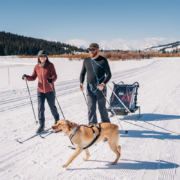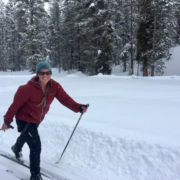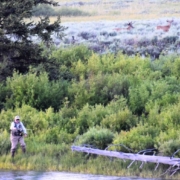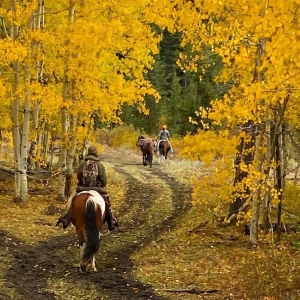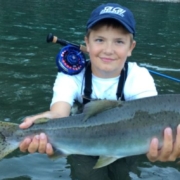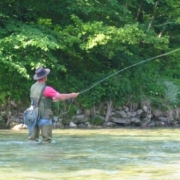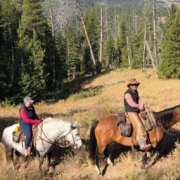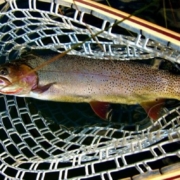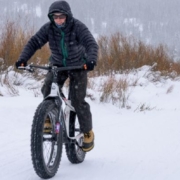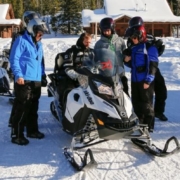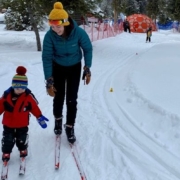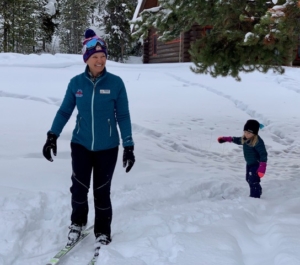The Annual JH Nordic Alliance Free Ski, Fat Bike, and Snowshoe Day brought the JHNordic community together and introduced people to Turpin Meadow Ranch (TMR) and human-powered winter activities on YOUR Bridger Teton National Forest public lands.
What blew the minds of our gracious hosts was how many people are under the impression that TMR is only open to the public during the free annual event. We are here to dispel that rumor and encourage you to show some love to one of our Alliance members by visiting on a regular day. While the annual event is festival-like, daily activities are available every day for you to enjoy.
As winter blankets the breathtaking landscapes of Jackson Hole, outdoor enthusiasts and food connoisseurs alike are in for a treat at Turpin Meadow Ranch. TMR always holds its doors open for the general public, inviting everyone to experience the magic of winter with a host of daily activities and dining options, even if you are not an overnight guest of the ranch.
Whether you’re a seasoned adventurer or you’re looking for a cozy getaway for the day, Turpin Meadow Ranch promises an unforgettable winter wonderland experience any day of their operating season (mid-December to mid-March). For those who enjoyed TMR’s hospitality on our free ski day, the welcome extends even further. Whatever led you to this remarkable destination, TMR is delighted to continue the journey with you, offering a diverse range of winter activities, gear rentals, and dining options. From thrilling outdoor adventures to serene moments in nature, here’s a glimpse of what awaits you at TMR.
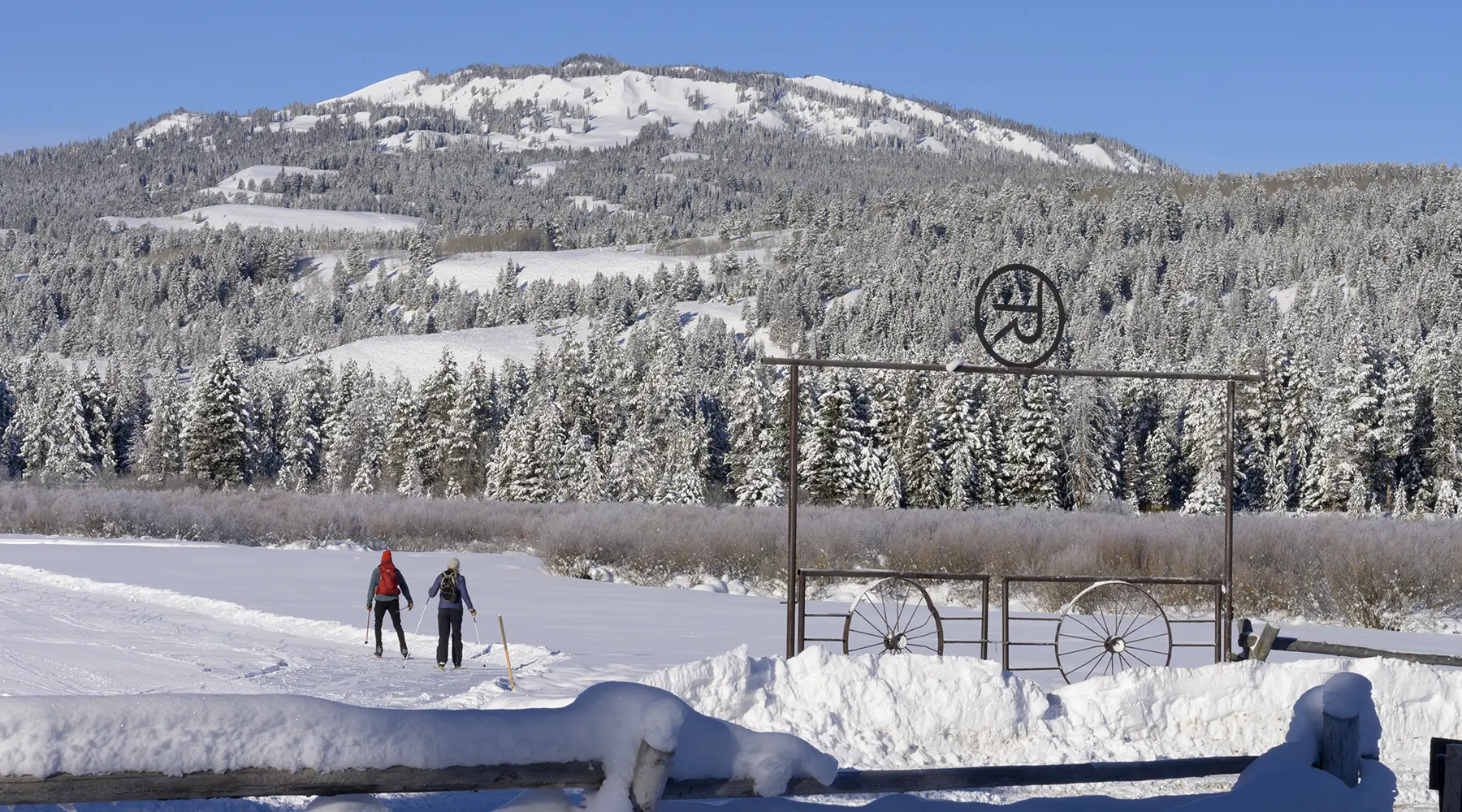
Cross-Country Skiing
Glide through the pristine snow-covered meadows and hills on the ranch’s network of cross-country ski trails. TMR maintains 14km of Nordic ski trails daily. A day pass costs $25 and a season pass is $125. Whether you’re a beginner or an experienced cross-country skier, the varied terrain provides a perfect setting for a day of exploration, exercise, and enjoyment. There are three PSIA-certified instructors on staff eager to help all levels of skiers (including first-timers) enhance their stride & glide through customized lessons. Ski rentals are available for both classic and skate ski techniques.
Snowshoeing
Snowshoeing offers a peaceful way to connect with nature, your public lands, friends, family, and yourself. Traverse through quiet forests and open fields, taking in the breathtaking winter scenery. Look for signs of wildlife along the trail. Snowshoe tours are available daily or you can rent a pair and explore without a guide. The 5+ miles of single-track trails offer a fabulous snowshoeing experience.
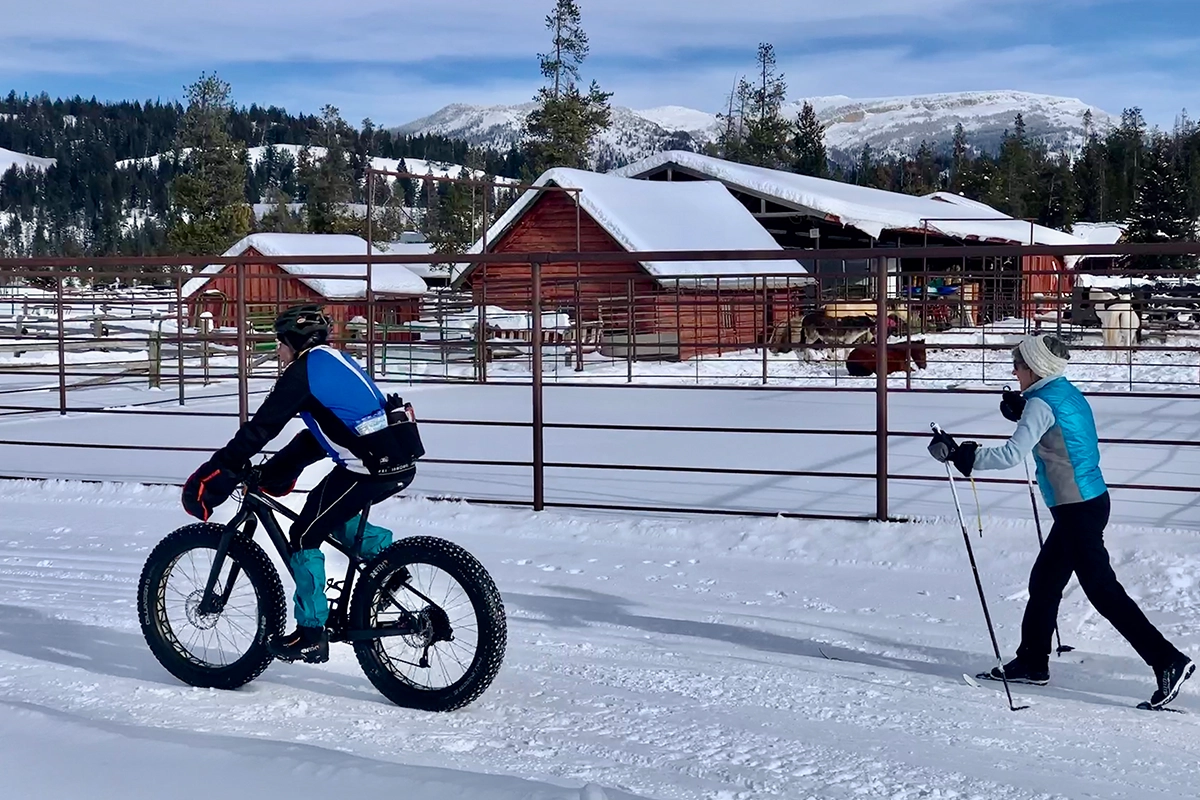
Fat Biking
Embark on a unique winter adventure with fat-tire bikes, specially designed for snowy conditions. Turpin Meadow Ranch provides rentals and groomed trails, ensuring a fun and invigorating experience. TMR has both regular fat bikes and e-bikes available for rent. Fat bikes are allowed on the Nordic ski trails but the e-bikes must stay on the single-track trails.
Dining
Any day filled with winter adventures requires fuel. Indulge in a culinary experience at Turpin Meadow Ranch’s renowned dining establishment.
Immerse yourself in a cozy and rustic atmosphere at The Lodge Restaurant. The menu features many locally sourced ingredients, with a focus on hearty mountain cuisine. From gourmet comfort food to exquisite desserts, savor the flavors of the region in every bite. Reservations are required (and easy to get) for breakfast and dinner, walk-ins are welcome for lunch and après. Favorite menu dishes include the TMR burger, braised rabbit tostadas, maple bourbon trout, curried vegetable pot pie, and the winter salad.
Unwind with friends or family at the bar, where you can enjoy handcrafted cocktails, local beers, and a selection of fine wines. Share stories of your day’s adventures around the warm fireplace in this inviting Western-style bar.
Plan Your Visit for an Idyllic Day
Turpin Meadow Ranch beckons winter enthusiasts to embrace the season with open arms. While cozy, rustic modern accommodations are available for overnight stays, Turpin Meadow Ranch encourages folks to come up and play for the day as well. Whether you’re seeking heart-pumping activities or a relaxing retreat, this picturesque destination has something for everyone, every day.
If you’re starting in Jackson, it takes about an hour to make the drive to the ranch. There is no drive more beautiful than cruising along the base of the Tetons so turn on your favorite tunes or podcast and enjoy the scenery. If you arrive at the ranch before 9:30am you can enjoy a ranch breakfast for $20 before you hit the trails. If you need to rent gear TMR can outfit any of your human-powered winter needs (classic skis, skate skis, snowshoes, and fat bikes). Lunch is served in the lodge between 11:30-2:30. Many folks enjoy a couple of laps on the trails, stop for lunch, go back out for one more adventure, then come in for a little après before heading home. With so many activities offered it is pretty easy to participate in a multi-sport day at Turpin Meadow Ranch.
The elegant, rustic overnight cabins and chalets are also perfect for an overnight getaway as well, to extend your winter escape. Come for the winter adventures, stay for the warm hospitality, and leave with memories that will last a lifetime. Plan your day visit to Turpin Meadow Ranch and discover the enchanting beauty of one of Jackson Hole’s lesser-known winter wonderlands.
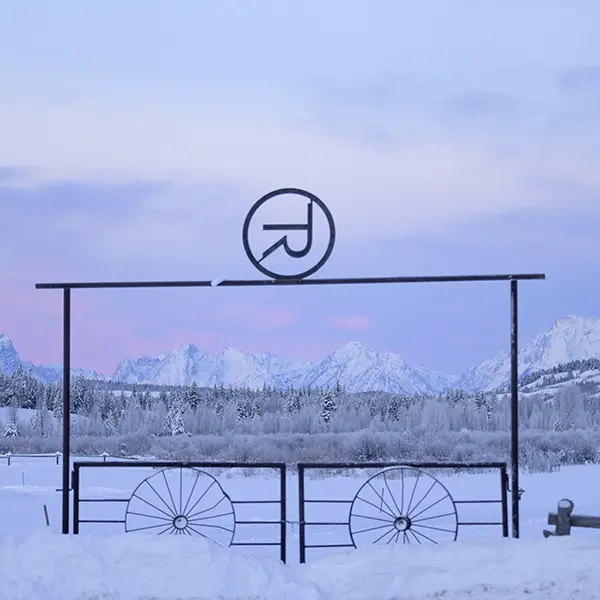
Written By Elee Deschu

